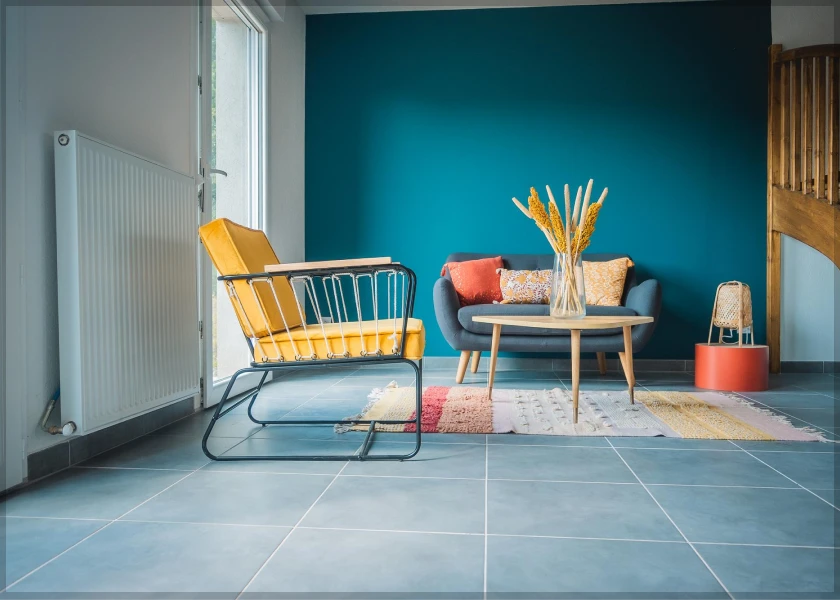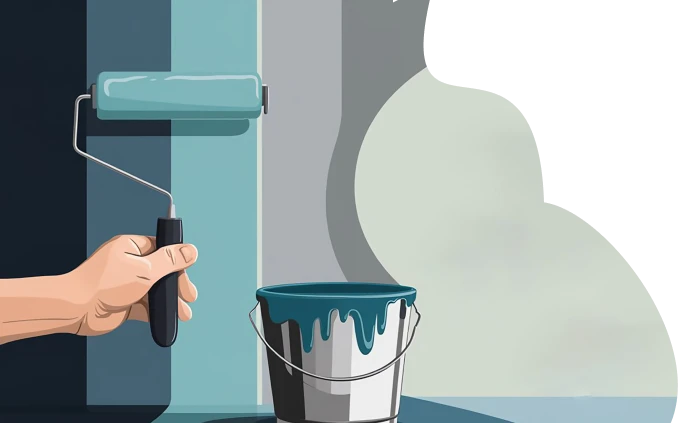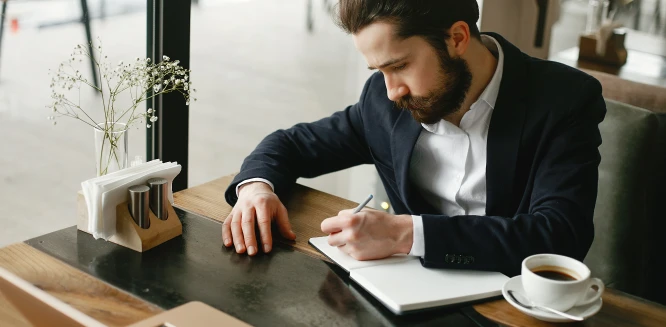

Mastering Wood Painting: Standard Processes & Techniques
Admin
|
Wood Painting - Standard Processes and Procedures

Table of Content:

Unable To Decide Upon a Colour?
Book A Free Wall2Wall Inspection
Self serve
More Posts
Comments

Lightning Deal
Upto 25% off on Home Painting
Create your dream home with our painting experts
Fill the form below to book a free site evaluation by a Beautiful Homes Painting Service expert.
Recent Posts
Categories
- Interior Design
- Interior Painting
- Texture Painting
- Stencil Painting
- Exterior Painting
- Rental Painting
- Metal Paint
- Wood Paint
- Our Recent Projects
- Problems faced while painting
- Exterior Design
- Deep Cleaning
- Waterproofing Solutions
- Home Painting
- False Ceiling
- Primer
- Distemper
- Paint Products
- Festival Special
- Colour Consultancy
- Design Painting
- Home Decor Special
- Home Painting Tools and Techniques
- House Wallpaper
- Commercial Painting





